The stance squat is a fundamental movement in the world of strength training, fitness, and athletics. Its versatility allows it to be adapted for various training goals, from improving lower body strength to enhancing overall athleticism. This article will delve into the mechanics of the stance squat, how to perform it correctly, its benefits, and how to incorporate it into your fitness routine.
What Is a Stance Squat?
A stance squat is a variation of the traditional squat exercise where the width of the feet plays a pivotal role in the movement. Unlike standard squats, where the feet are placed hip-width apart, a stance squat involves adjusting the feet wider or narrower to emphasize different muscles. The stance can vary depending on the specific goals of the individual or the intended focus on certain muscle groups.
While there are several squat variations (such as the narrow stance squat, sumo squat, and wide stance squat), the general principles of squatting mechanics remain the same. However, changing the stance width alters the angle of force on the knees, hips, and ankles, which in turn modifies the muscles engaged during the movement.
Types of Stance Squats
-
Narrow Stance Squat
In a narrow stance squat, the feet are placed closer together, typically hip-width apart or slightly narrower. This variation places greater emphasis on the quadriceps while reducing the involvement of the glutes and hamstrings. It also challenges ankle mobility and flexibility, making it an excellent option for improving the knee-dominant aspect of squatting. -
Wide Stance Squat
The wide stance squat involves placing the feet farther apart, often wider than shoulder-width. This variation activates the inner thighs (adductors), glutes, and hamstrings more than a narrow stance squat. It is also less demanding on ankle mobility, as the knees tend to track outward more naturally in this stance. -
Sumo Squat
A specific type of wide stance squat, the sumo squat is performed with a very wide stance, with the toes pointed outward. This squat variation heavily targets the inner thighs and glutes. The sumo squat is a favorite for those looking to increase strength in the lower body and improve flexibility. -
Neutral Stance Squat
The neutral stance squat typically involves keeping the feet around shoulder-width apart with the toes pointing forward. This stance is often seen as the most balanced and is commonly used in athletic training because it engages the quadriceps, glutes, and hamstrings equally.
How to Perform the Stance Squat
Regardless of the specific stance variation, the basic mechanics of the squat should be followed to ensure proper form and prevent injury. Here’s how to perform the stance squat effectively:
-
Set Your Feet: Begin by determining the width of your stance. For a narrow stance, place your feet hip-width apart; for a wider stance, position your feet so they are wider than shoulder-width, with your toes either pointing forward or slightly outward, depending on the variation.
-
Brace Your Core: Before descending, engage your core by tightening your abs and maintaining a neutral spine. This will provide stability and prevent excess strain on your lower back.
-
Initiate the Descent: Push your hips back first as you lower your body, keeping your chest up and your spine neutral. Make sure your knees track over your toes and do not cave inward. The depth of your squat should ideally be at least parallel to the ground, though some people may squat deeper depending on mobility.
-
Stand Back Up: Push through the heels and midfoot to return to the standing position. Ensure your knees are fully extended without locking them out.
-
Breathing: Inhale as you lower into the squat and exhale as you push back up to the standing position.
Benefits of Stance Squats
Stance squats offer a wide array of benefits, particularly for individuals aiming to build strength, improve mobility, and enhance athletic performance.
-
Increased Lower Body Strength
Stance squats target all the major muscles of the lower body, including the quadriceps, hamstrings, glutes, and calves. With different stance variations, you can place more emphasis on specific muscle groups, which helps in developing balanced strength and muscle development. -
Improved Hip and Ankle Mobility
Squatting with varying stances forces the body to work through a full range of motion, which can improve flexibility and mobility in the hips, knees, and ankles. Wide stance squats, in particular, are effective for increasing hip flexibility and promoting better joint health. -
Core Stability
Like traditional squats, stance squats demand core engagement to maintain a stable and neutral spine. This strengthens the abdominals, obliques, and lower back muscles, which can improve overall posture and reduce the risk of injury. -
Enhanced Athletic Performance
Many sports rely on lower body strength, stability, and mobility. Regularly performing stance squats can improve power, agility, and explosive strength, all of which are essential for athletes in a variety of disciplines. -
Versatility
The stance squat can be easily modified to suit individual needs. Whether you’re an advanced lifter looking to increase intensity or a beginner trying to improve technique, the stance squat can be adjusted in terms of foot positioning, squat depth, and weight used.
Common Mistakes to Avoid
When performing stance squats, there are several common errors that individuals tend to make. To ensure optimal results and avoid injury, be mindful of these mistakes:
- Knee Cave-In: One of the most frequent issues with squatting is the knees collapsing inward during the descent. This can be mitigated by focusing on pushing the knees outward in line with the toes and ensuring proper alignment throughout the movement.
- Rounding the Back: Keep your chest up and maintain a neutral spine throughout the movement. Rounding the back places unnecessary stress on the spine and can lead to injury.
- Lifting Heels Off the Ground: Keep your weight distributed evenly through the entire foot. Lifting your heels off the ground indicates that you are shifting too much weight onto your toes, which can strain your knees and disrupt the squat mechanics.
- Not Going Low Enough: Aim for a depth where your thighs are at least parallel to the ground. Squatting deeper (if mobility allows) can activate more muscle fibers and increase the effectiveness of the exercise.
Conclusion
Stance squats are an incredibly effective and versatile exercise for building lower body strength, enhancing mobility, and improving overall athletic performance. By adjusting your stance, you can target different muscle groups and tailor the movement to your specific goals. Whether you're training for strength, improving flexibility, or enhancing power for sports, stance squats offer a dynamic approach to improving fitness and achieving your athletic potential.


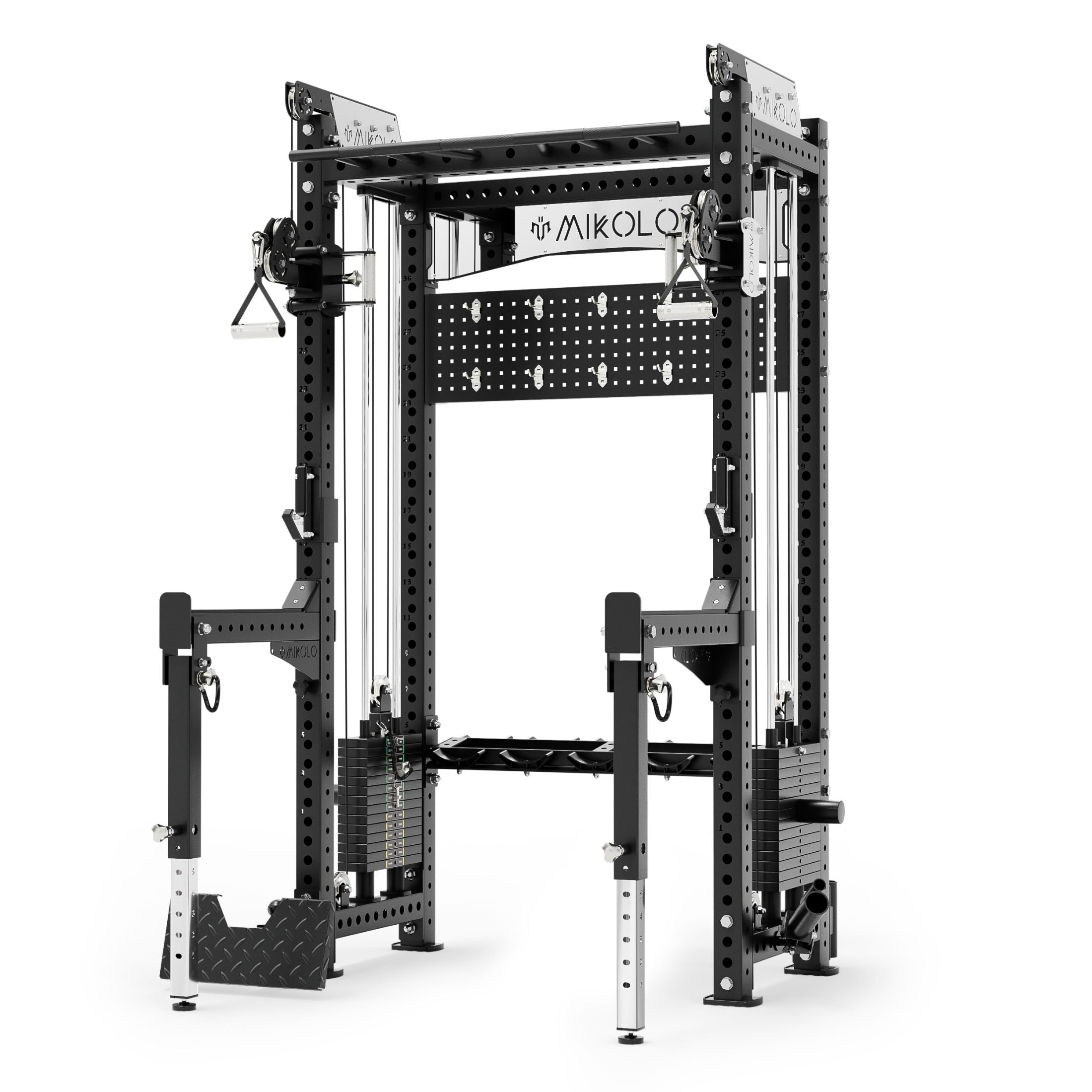


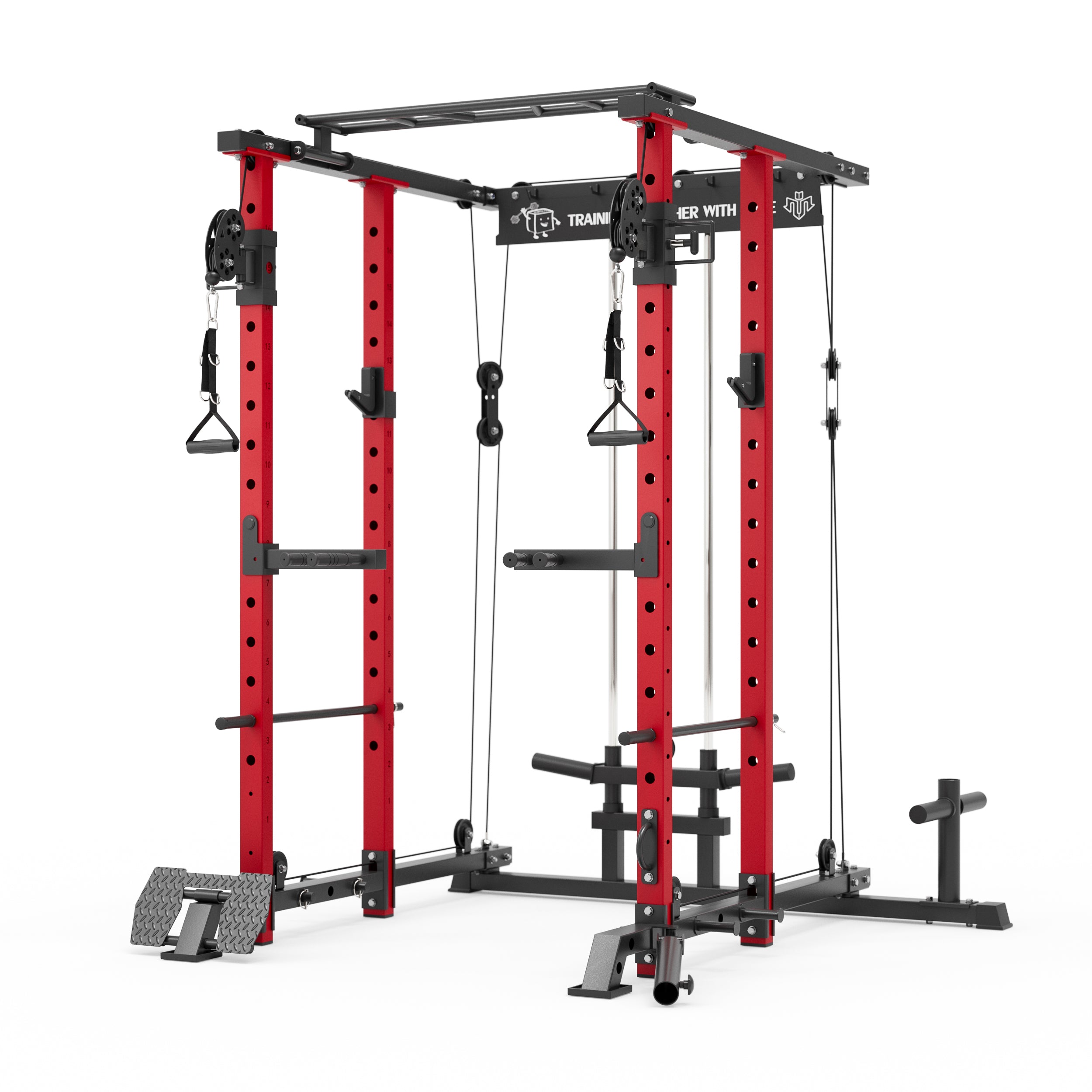
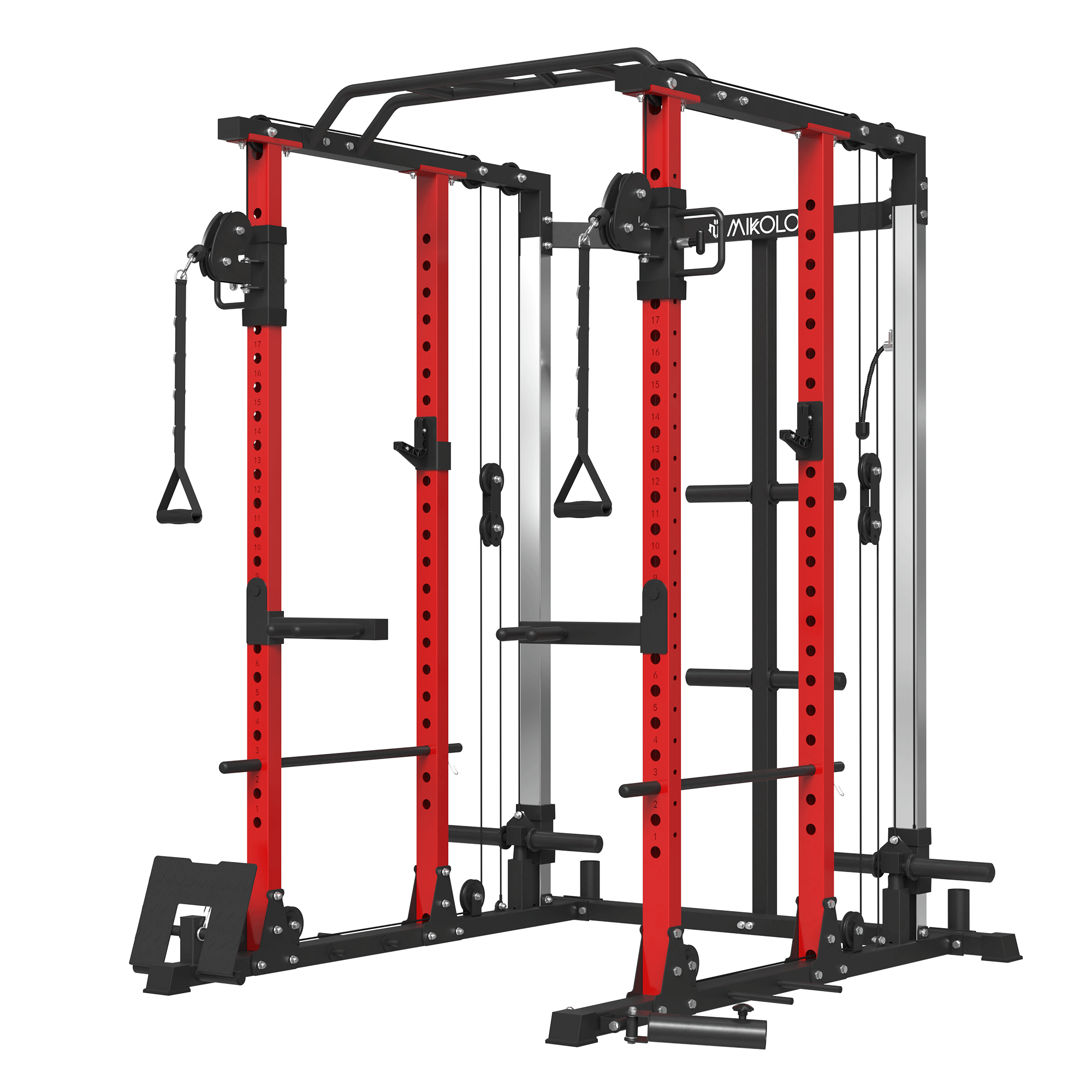
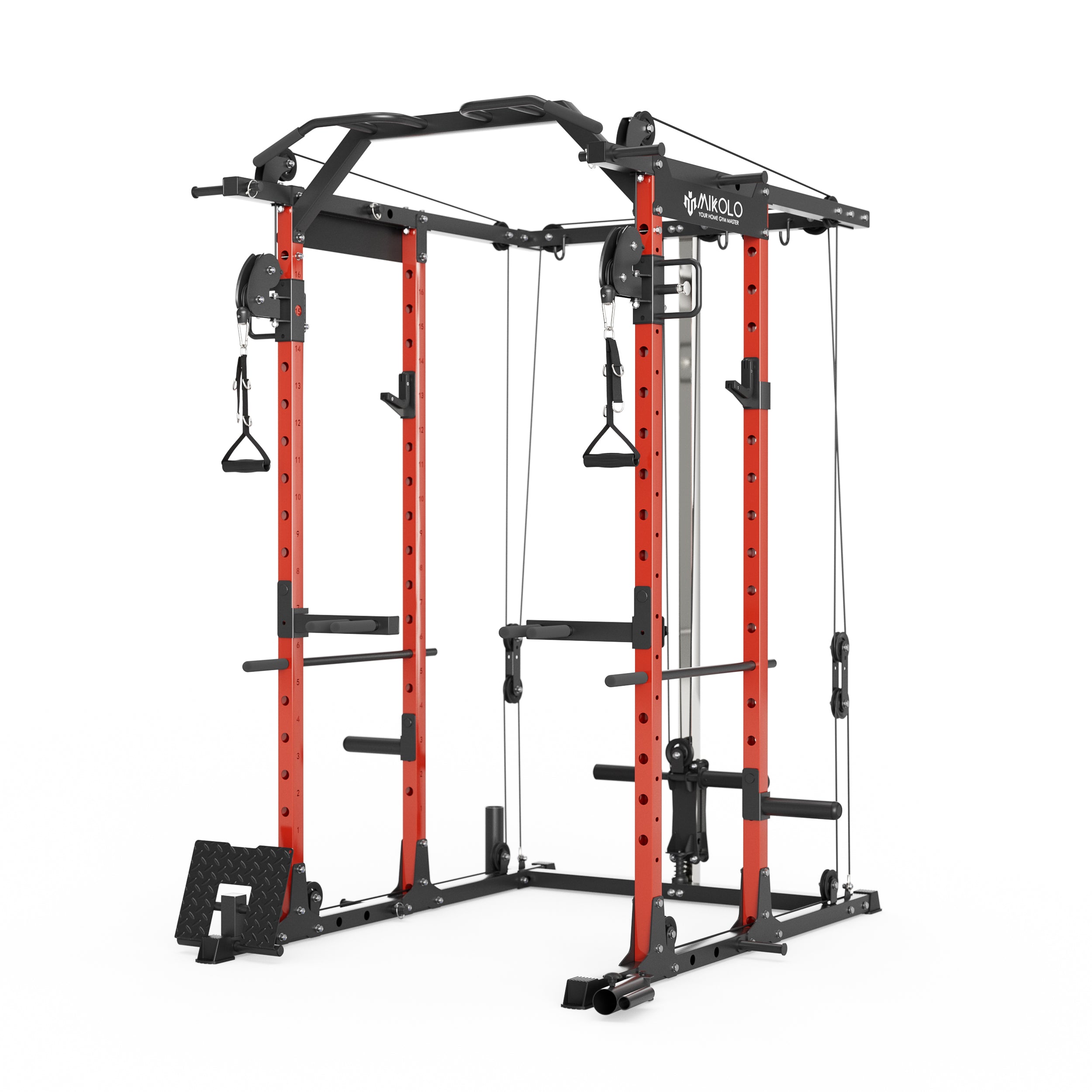
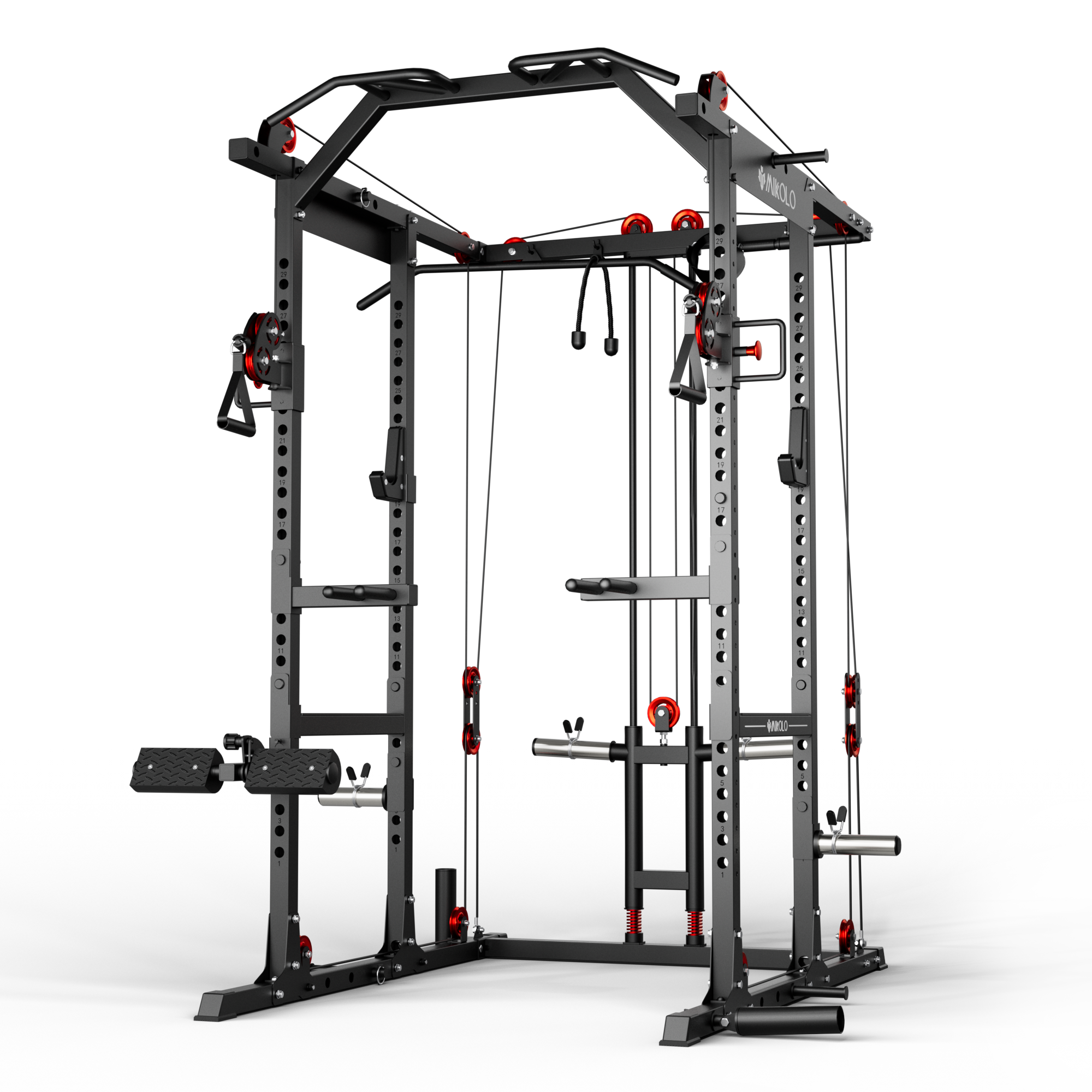
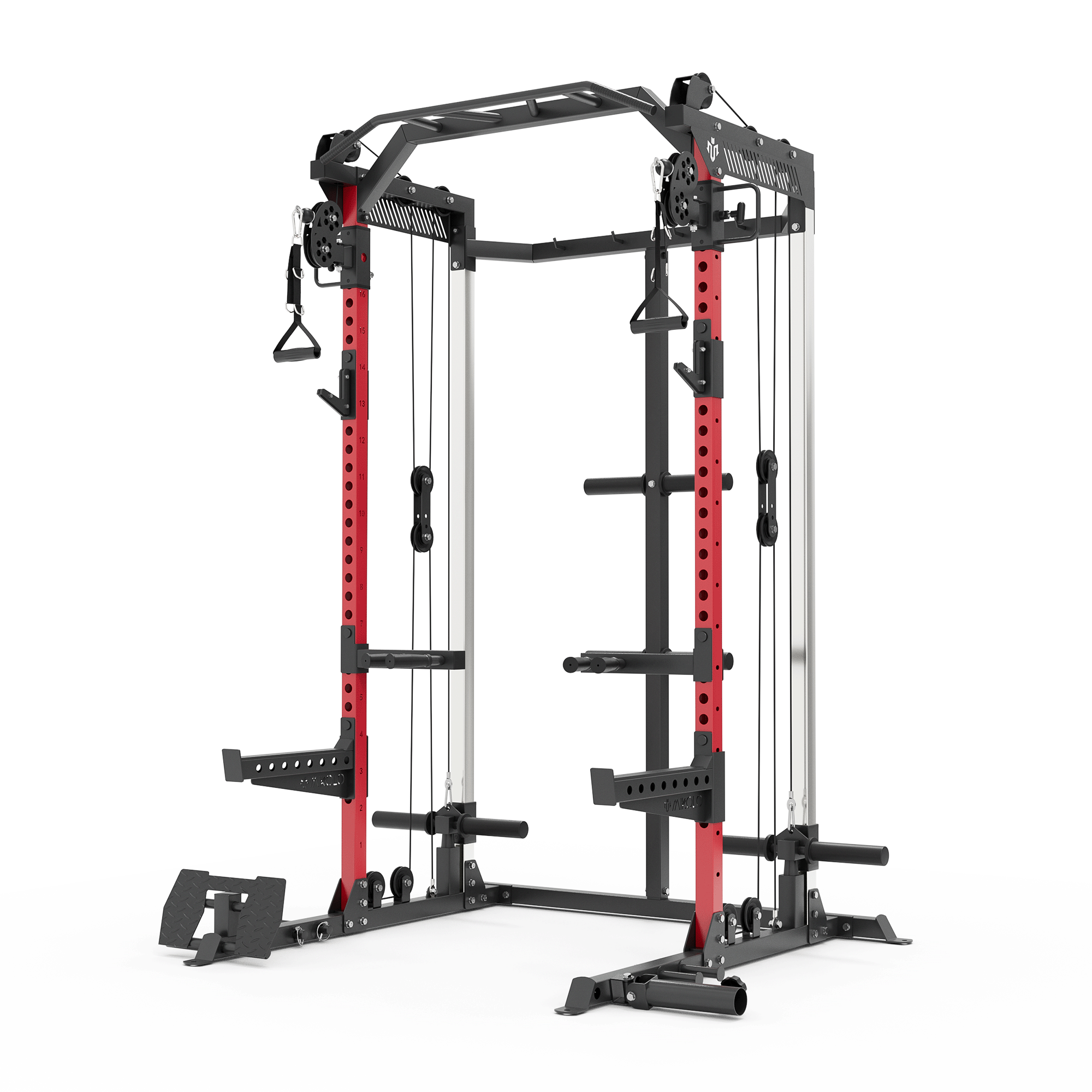
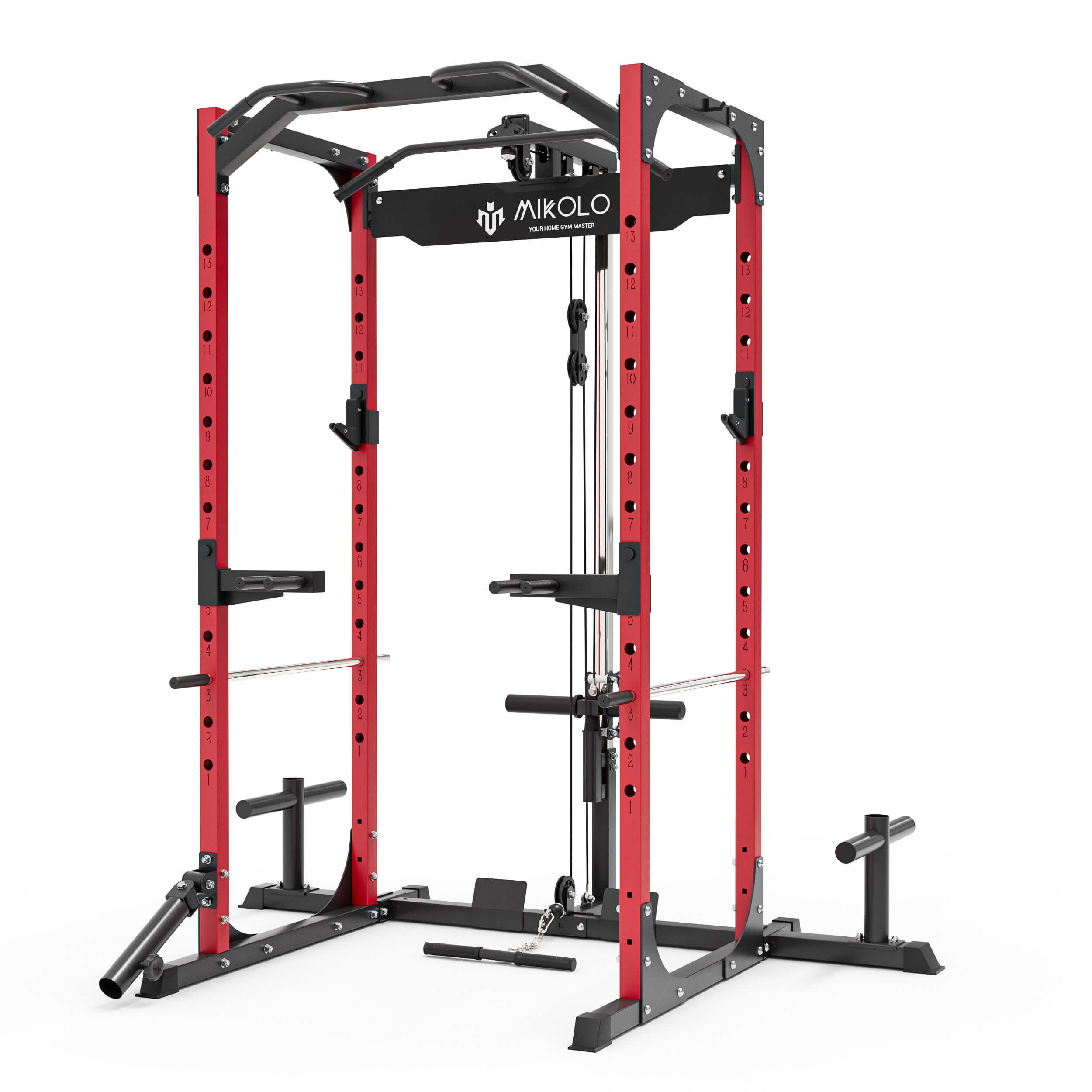



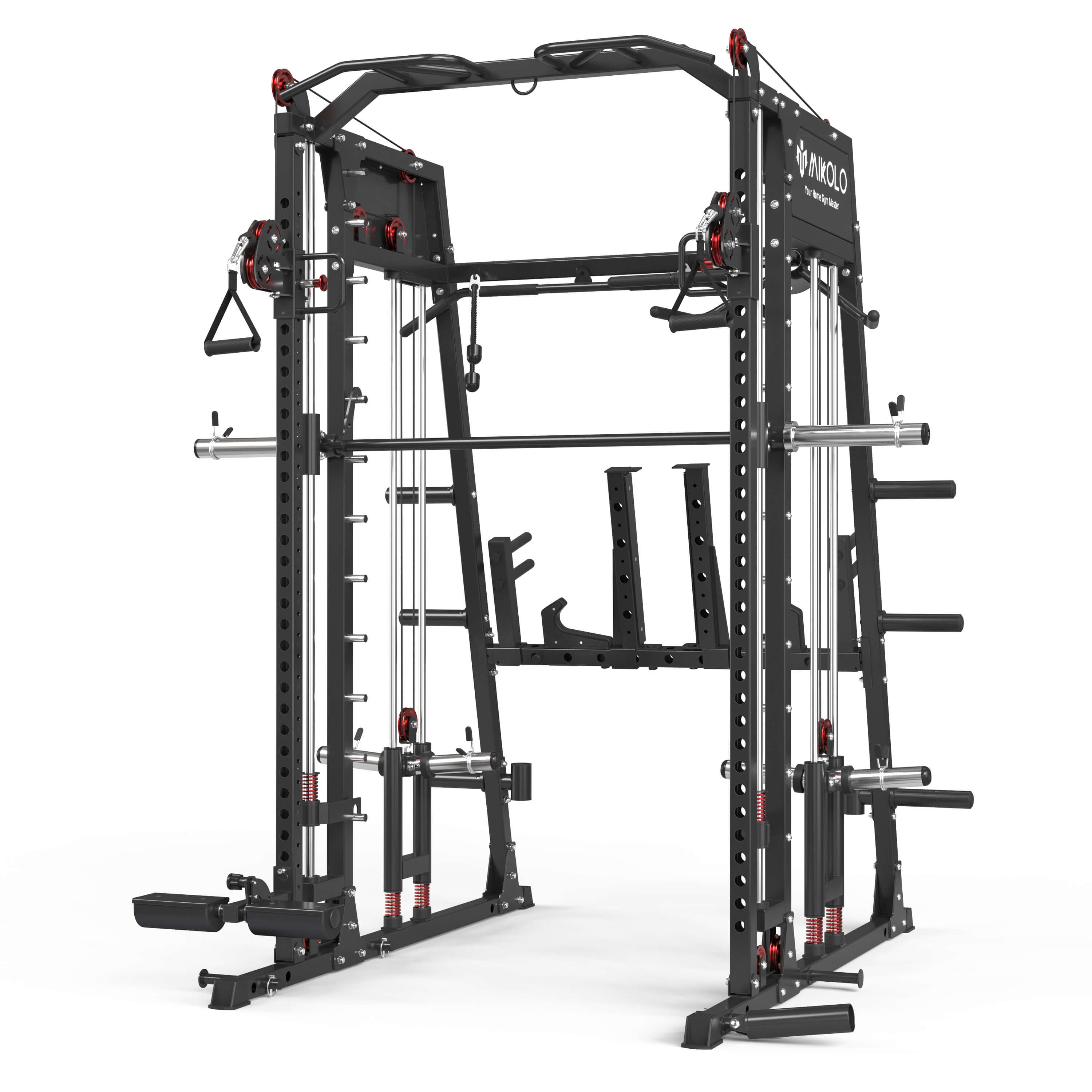


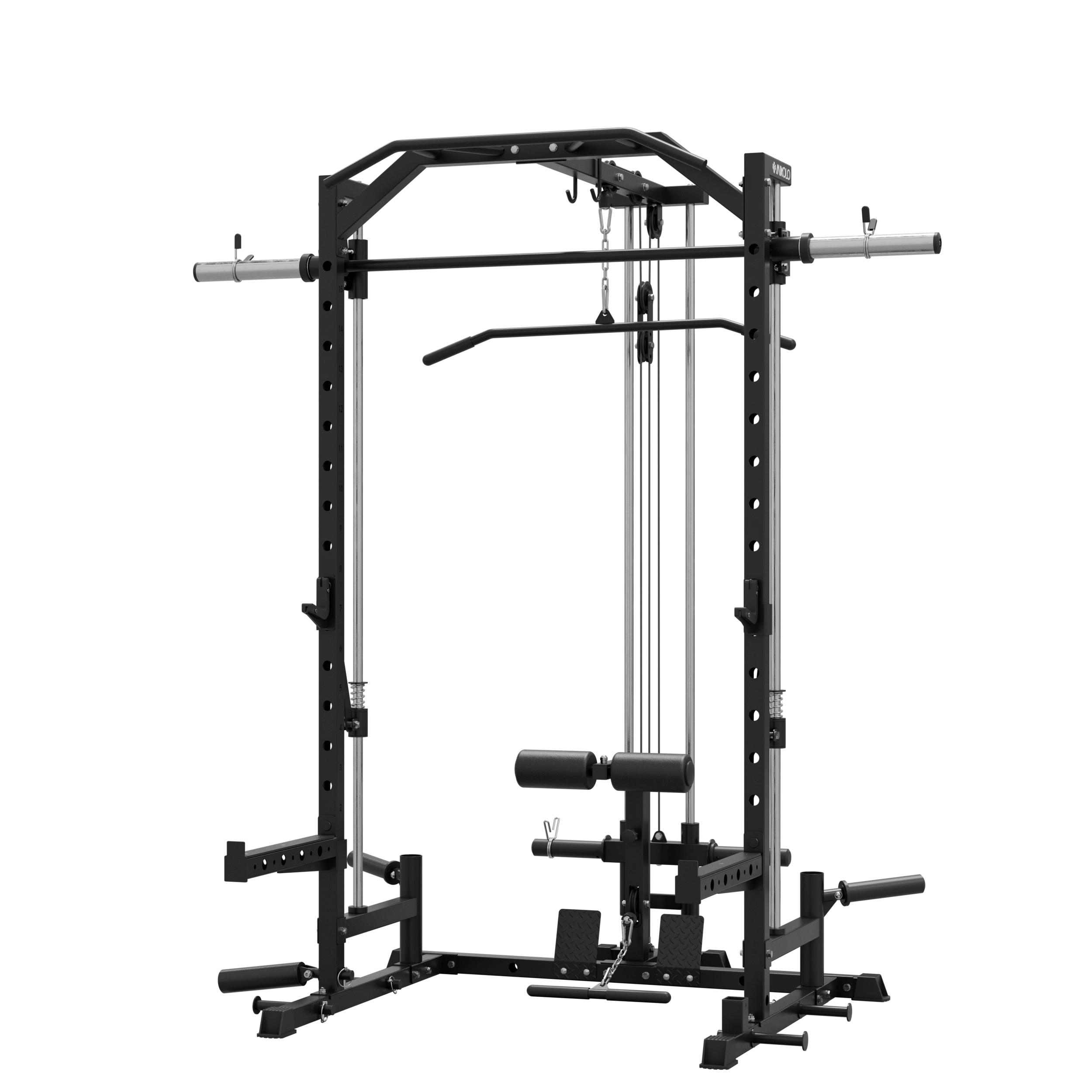
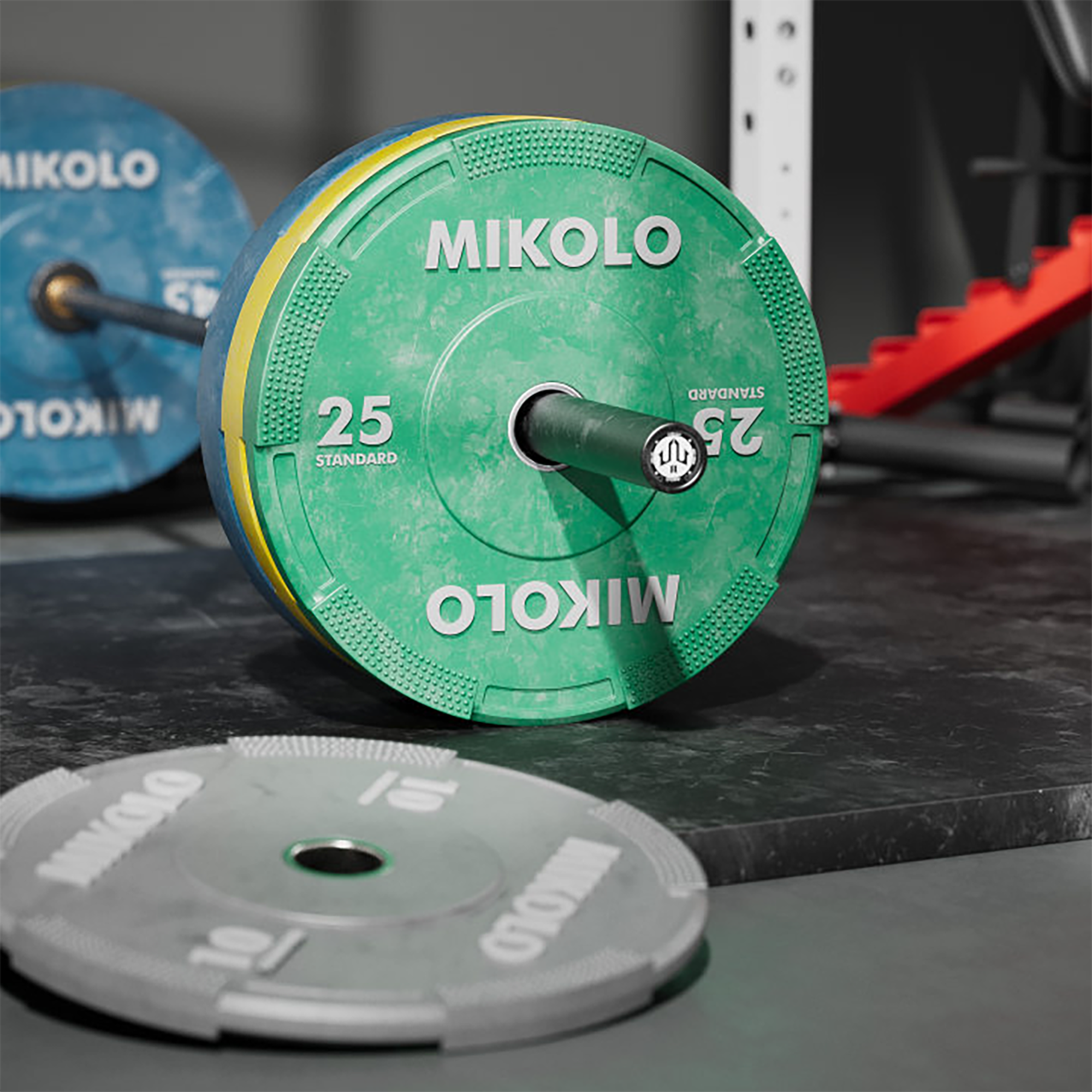


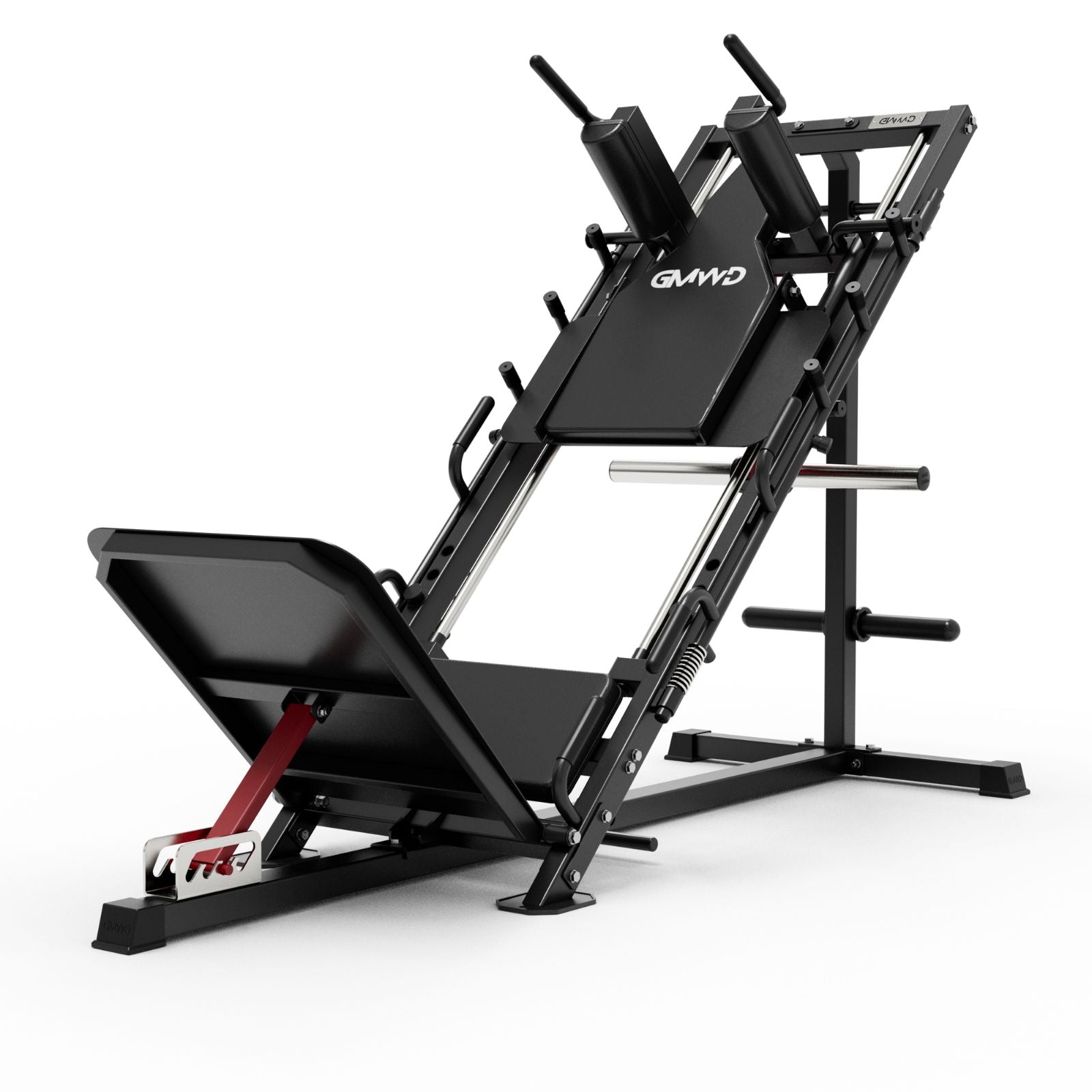


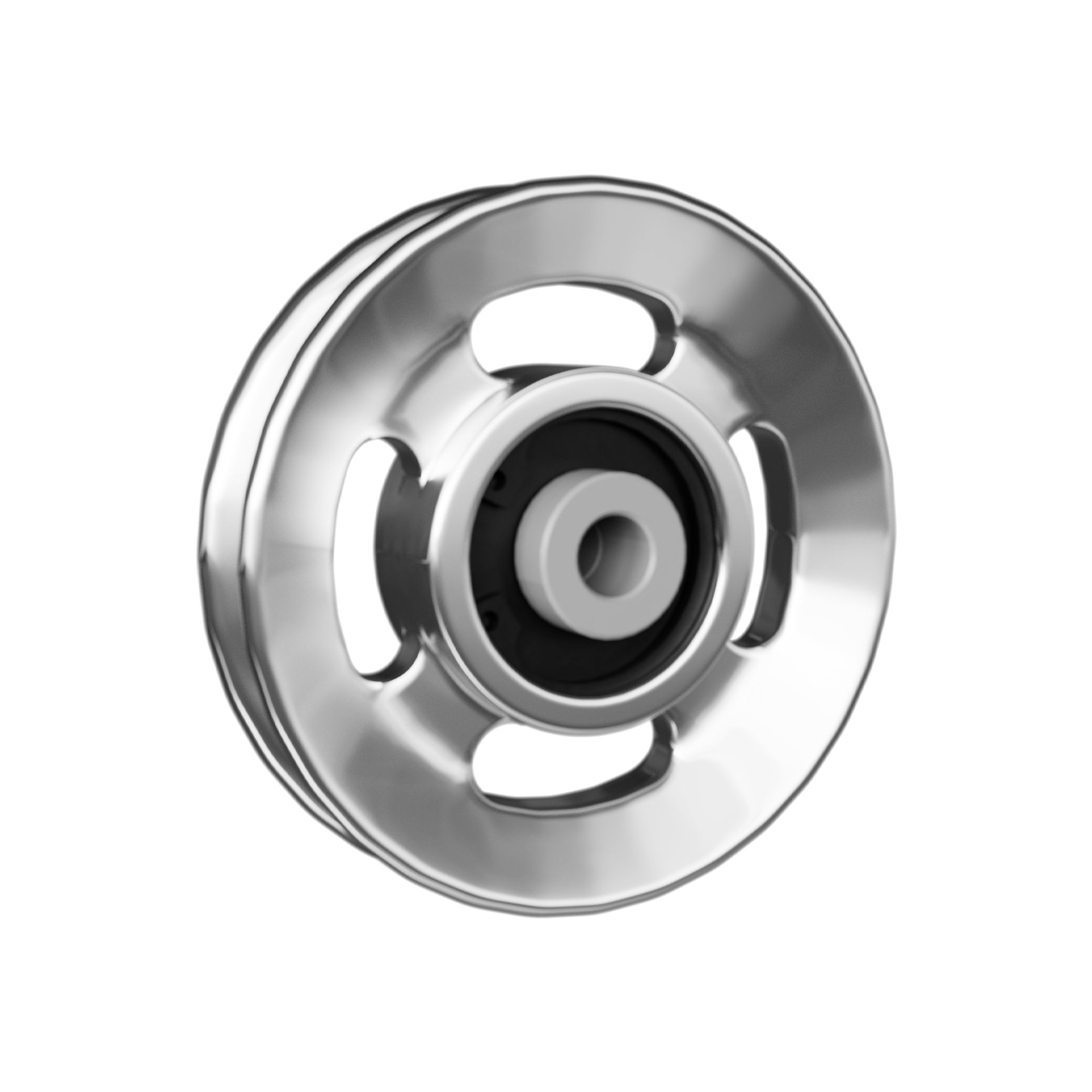
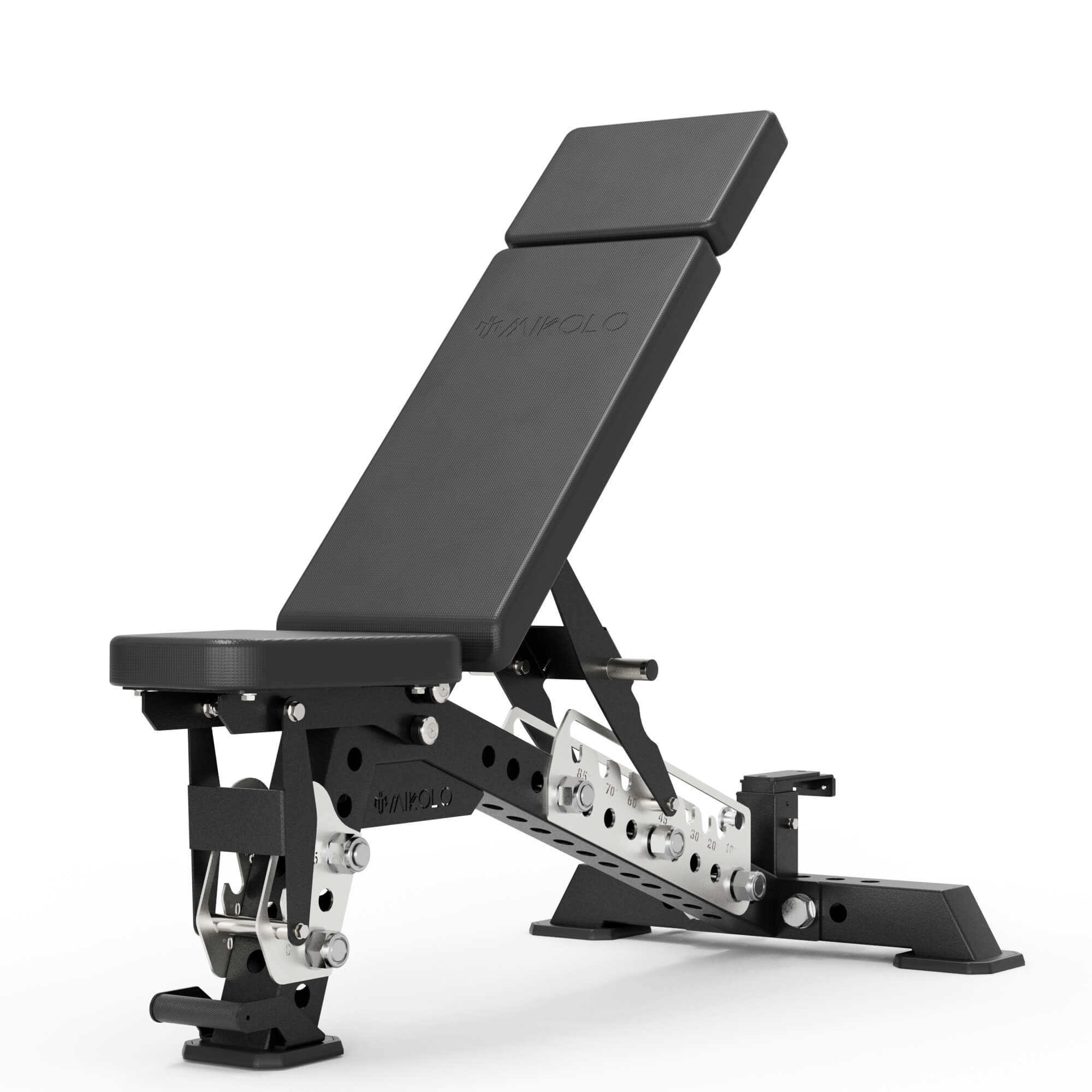
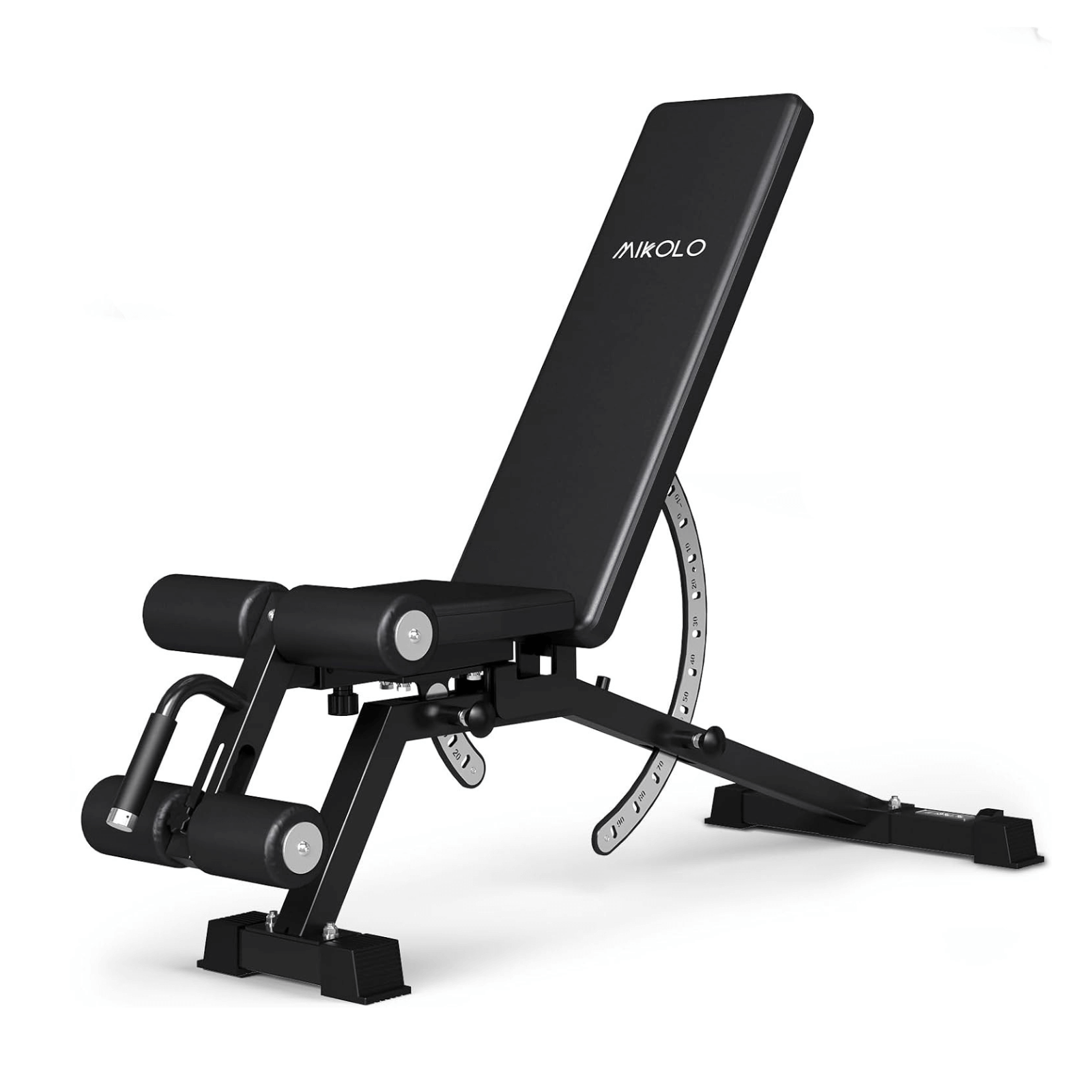

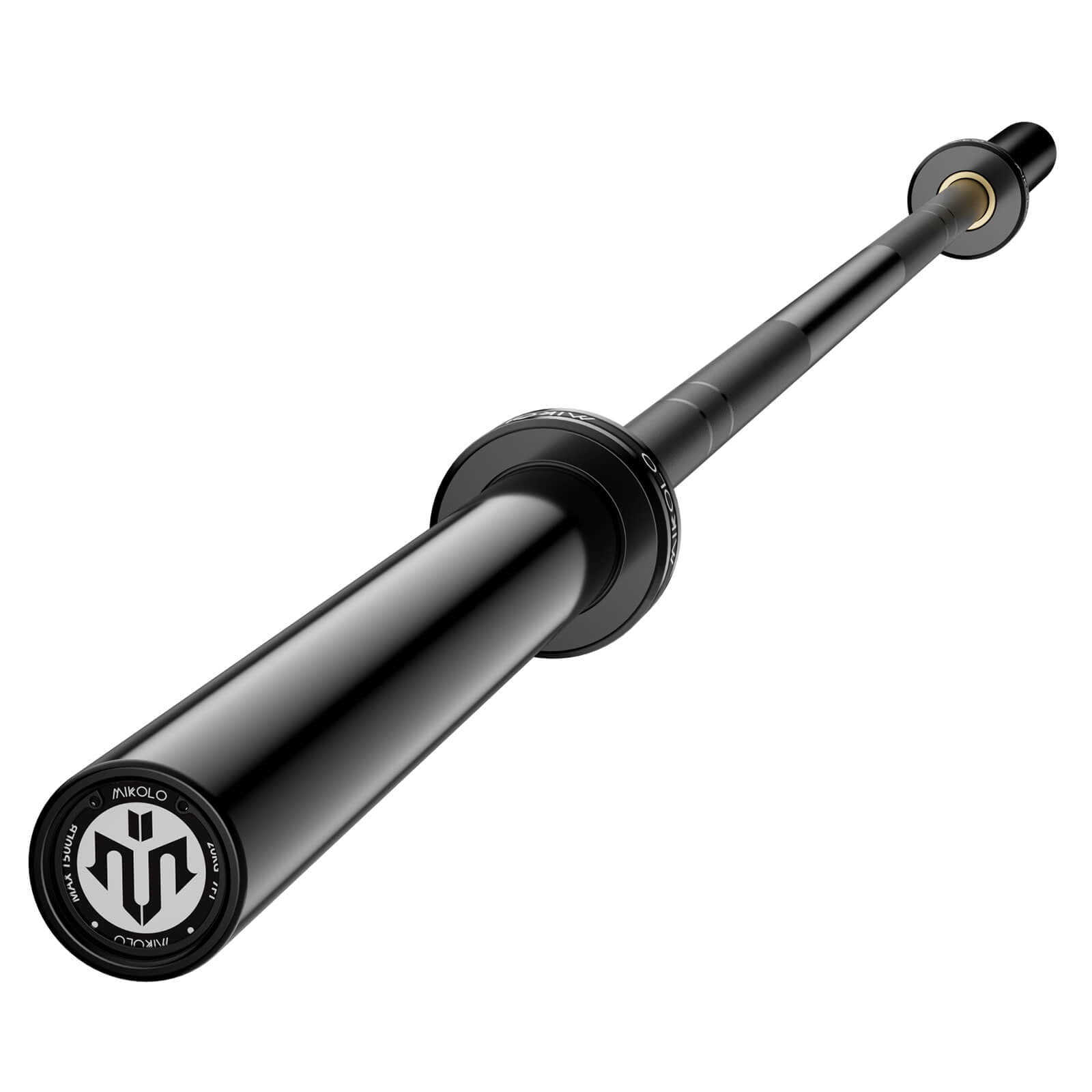
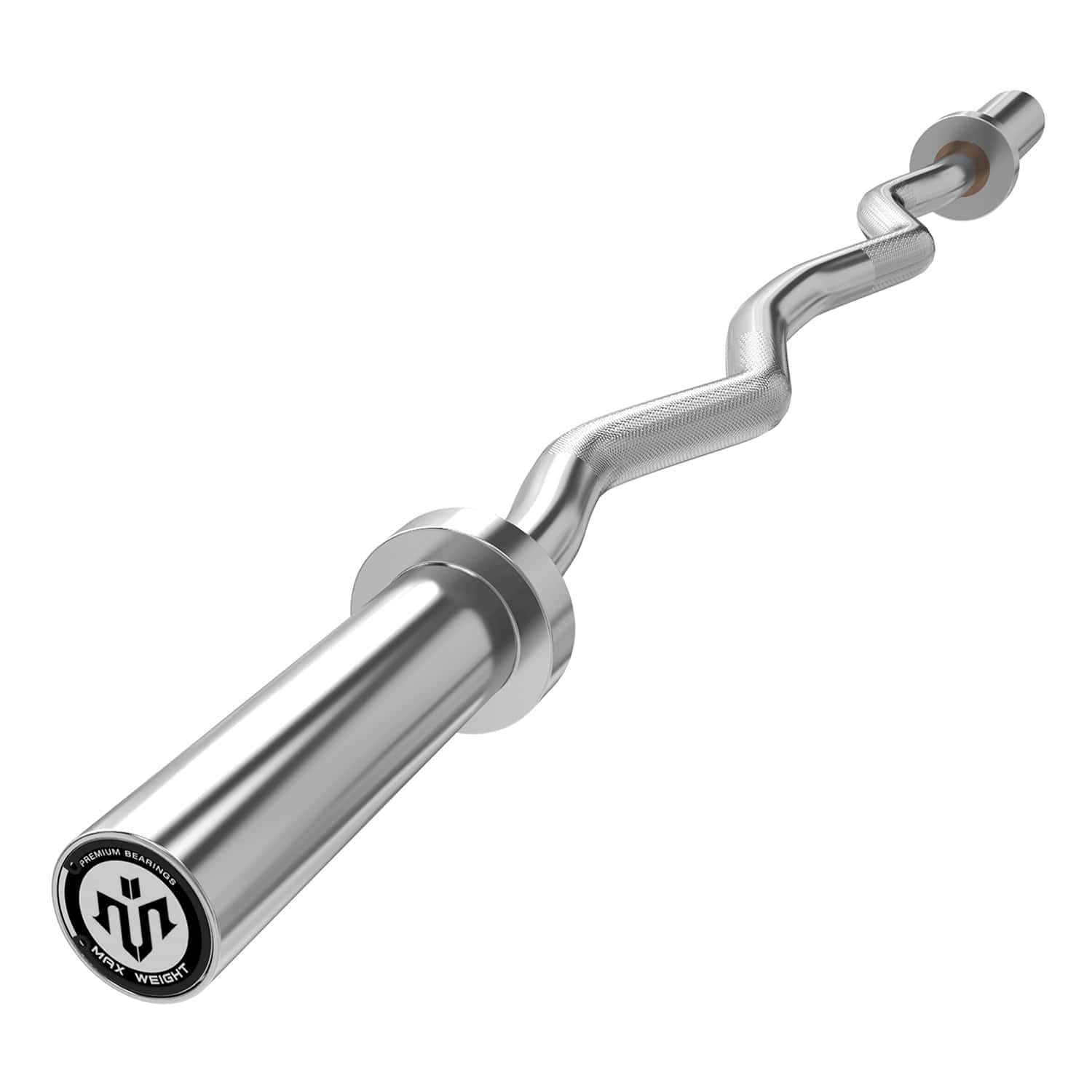
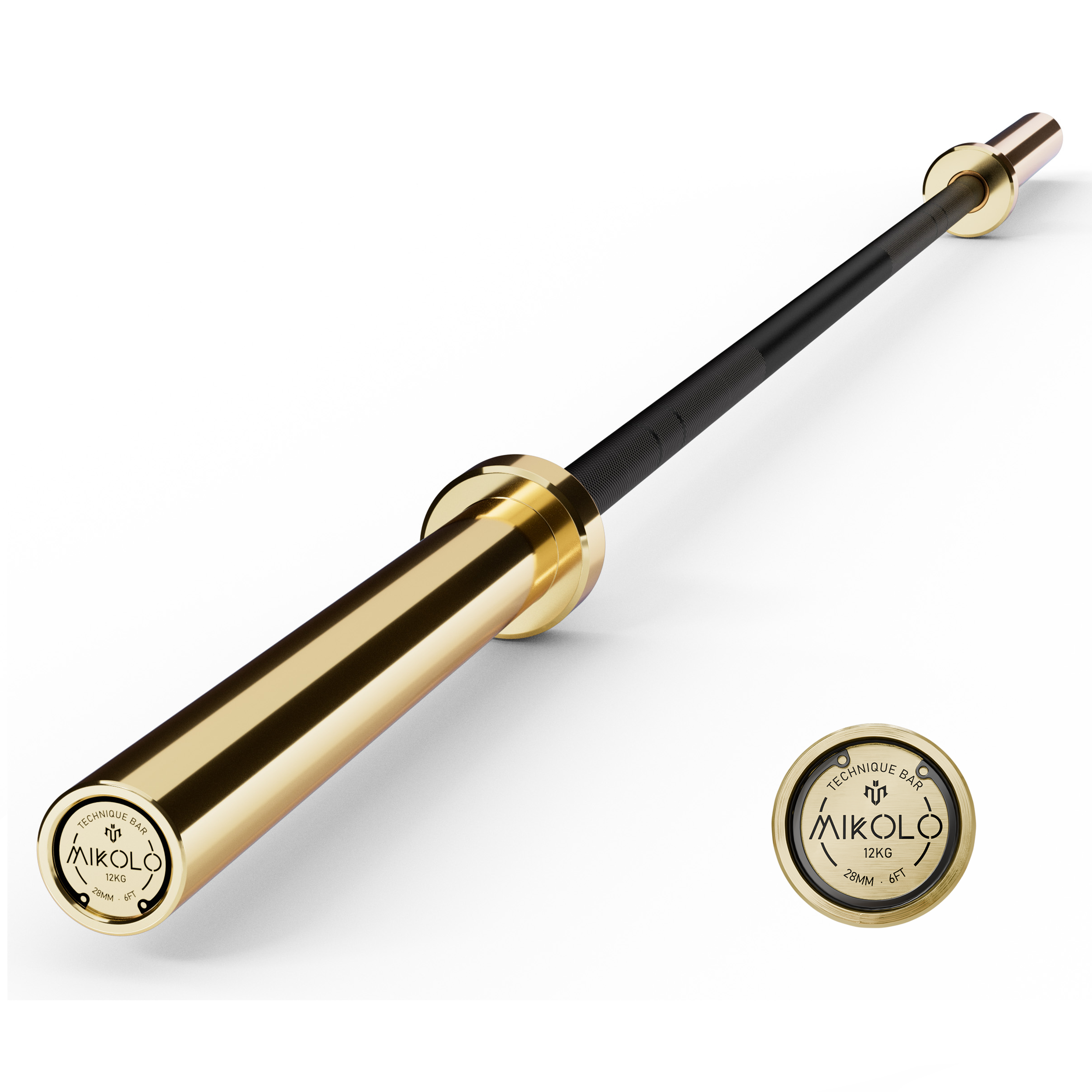

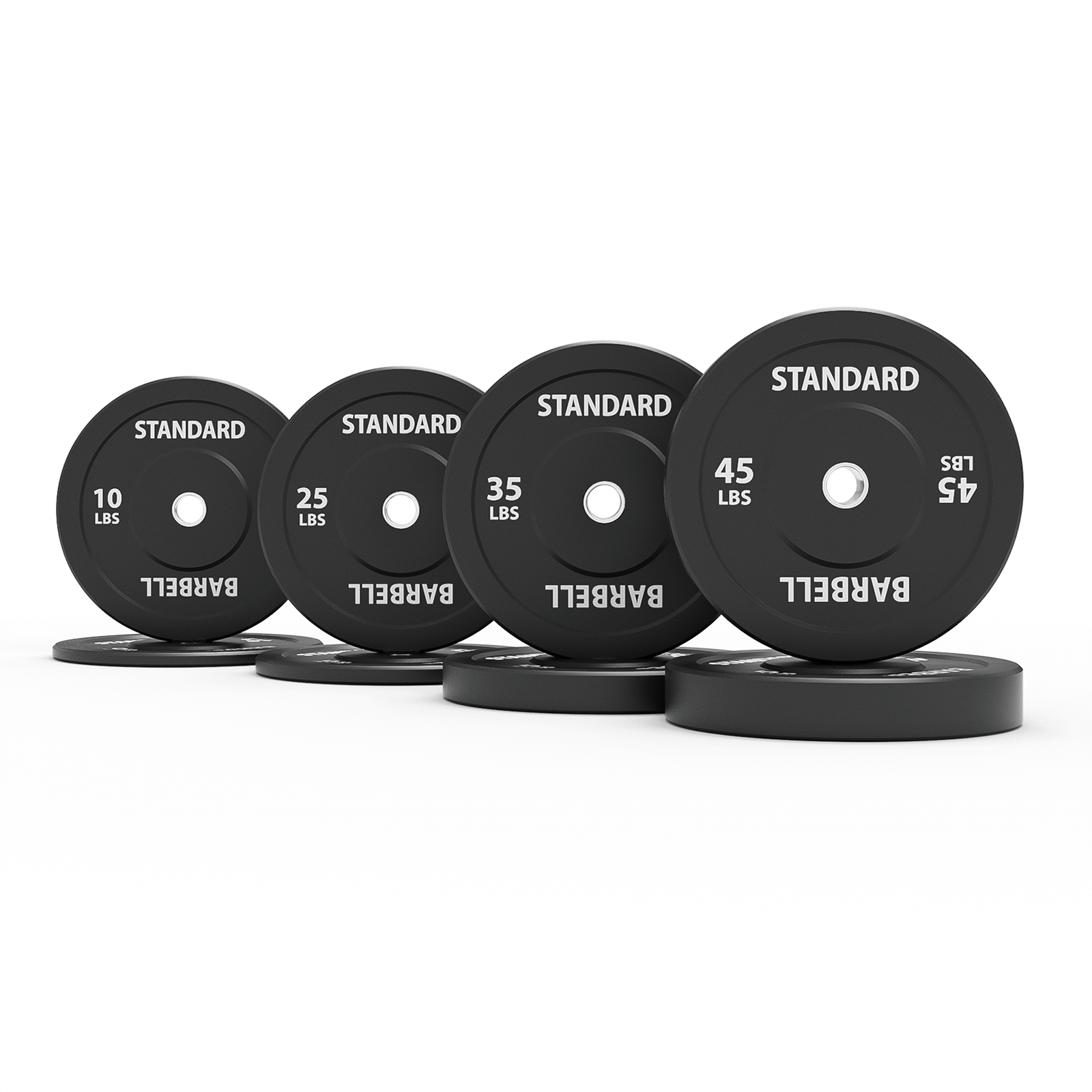
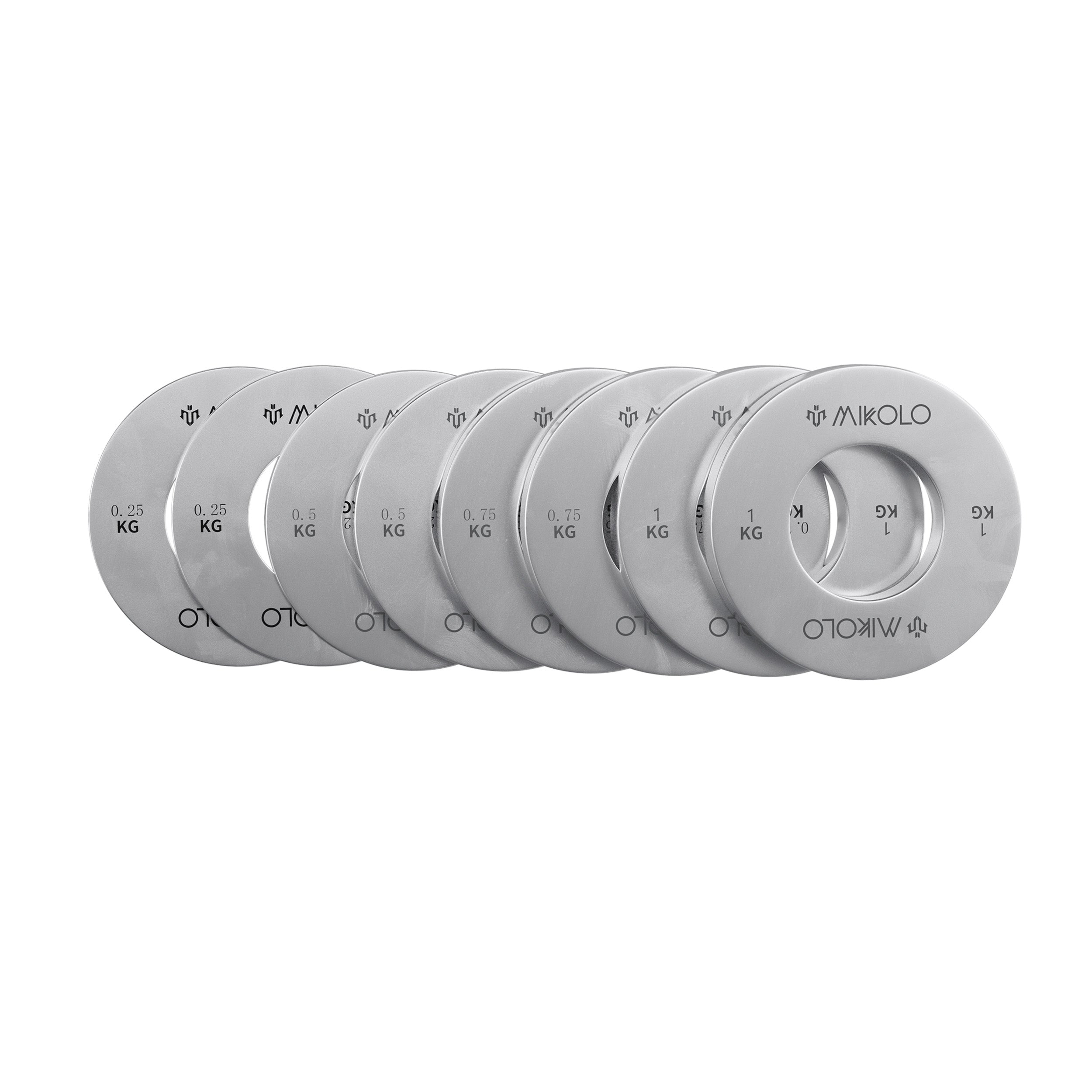
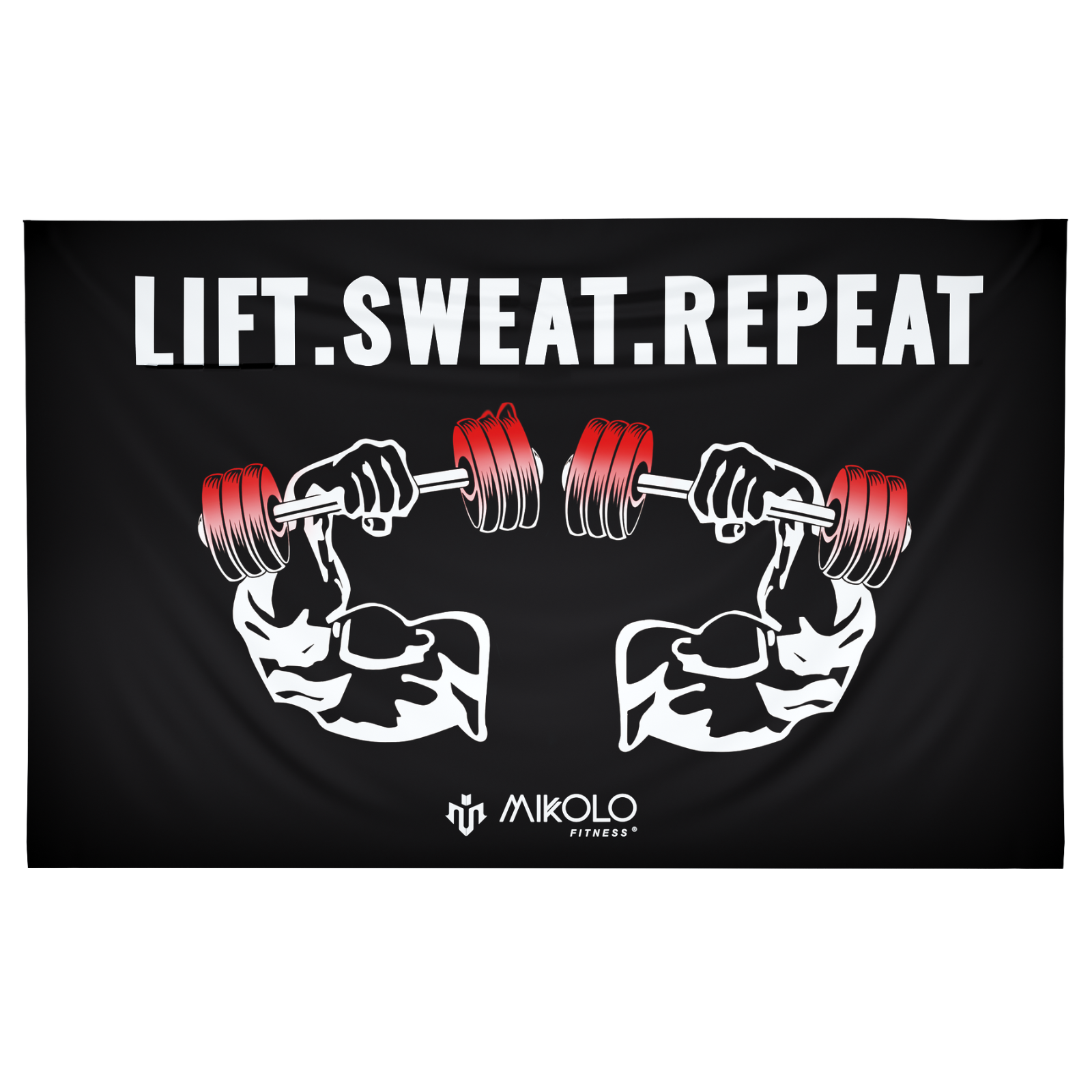


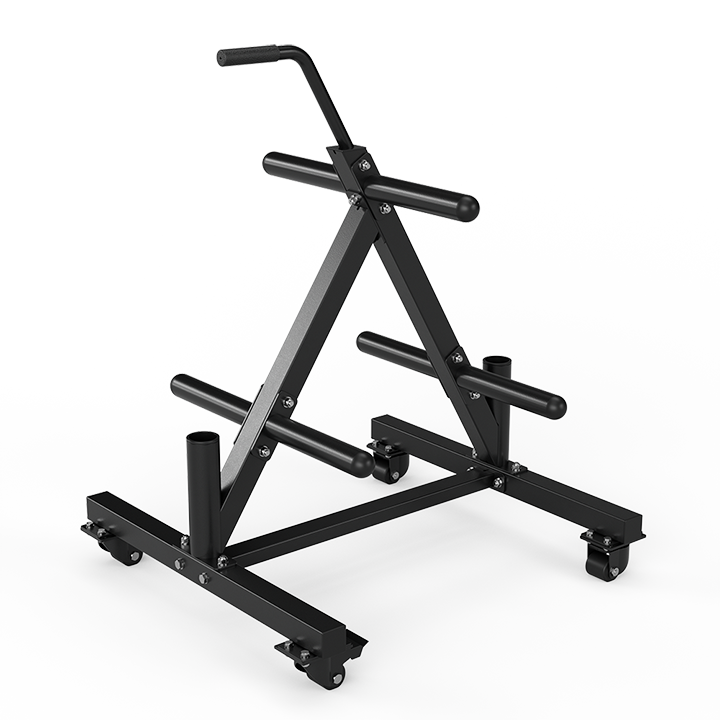
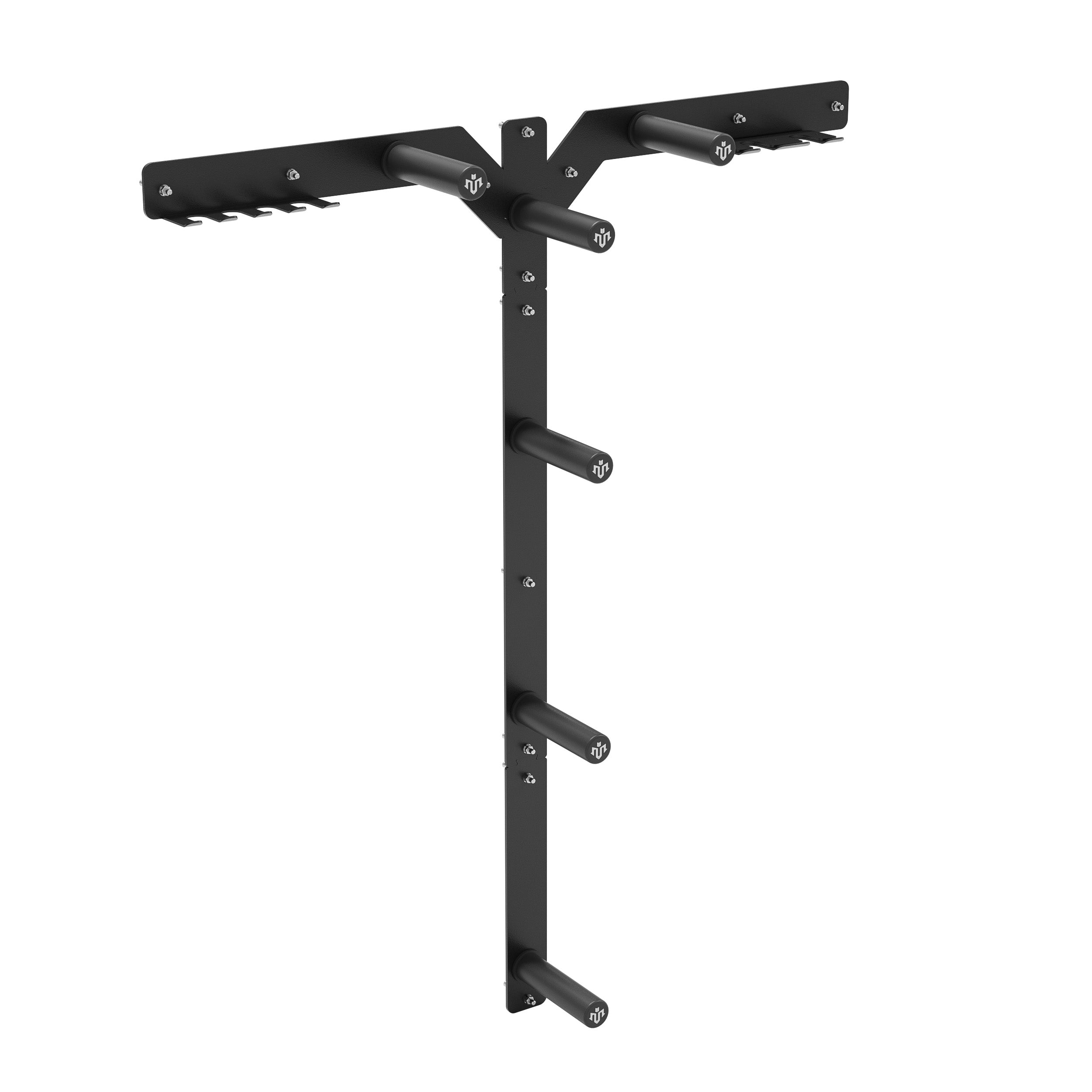




Leave a comment
This site is protected by hCaptcha and the hCaptcha Privacy Policy and Terms of Service apply.